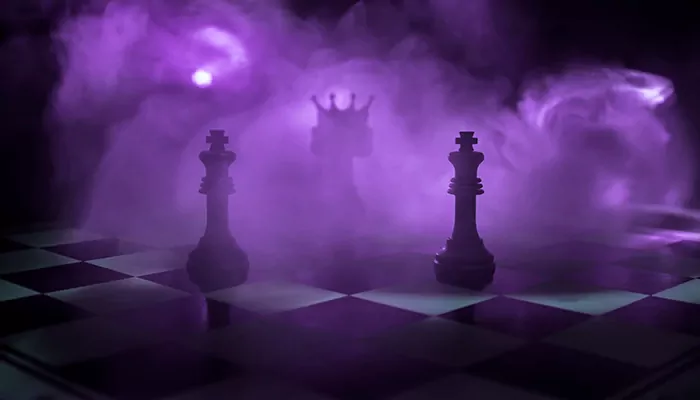
When bloodlines blur and crowns hang in chaos!
Do you think your family WhatsApp group is full of drama? Now add diamonds, golds, dynasties, palaces, and a throne. That’s exactly what royal succession crises in India have looked like—more intense than any Netflix thriller.
Missing heir, disputed will, last-minute adoption, India’s royal families have faced weird and unpredictable twists when it came to who would inherit the crown.
Let’s explore India’s most gripping cases of royal lineage in limbo—and how the struggle for succession turned family members into full-blown courtroom dramas.
When Madhavrao Scindia, the dashing prince of Gwalior, passed away in a tragic plane crash in 2001, the royal family was left scrambling for a rightful successor. While his son Jyotiraditya stepped into the political limelight, debates swirled around whether he could claim the traditional royal role or if the family crown would pass to another relative.
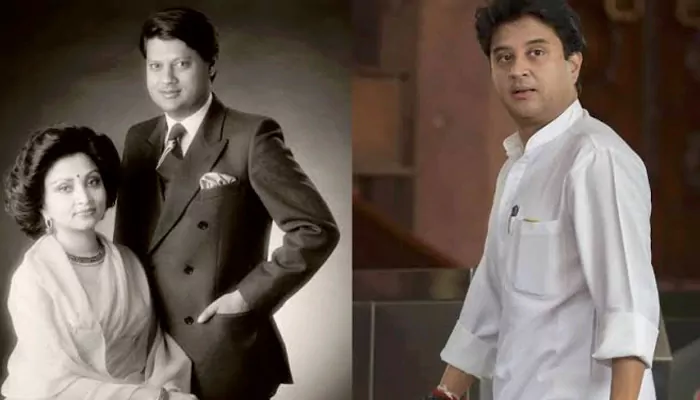
Suddenly, old palace aides, distant cousins, and royal observers popped up with opinions. It wasn’t just about legacy. It was about titles, properties, and prestige—and the Gwalior saga reminded everyone that royal bloodlines can run deep and messy.
One of India’s most iconic royal succession crises came straight from the pages of rebellion. When Rani Lakshmibai’s husband, Raja Gangadhar Rao, died without a biological heir, she adopted a son named Damodar Rao and claimed he was the rightful successor to the throne of Jhansi.
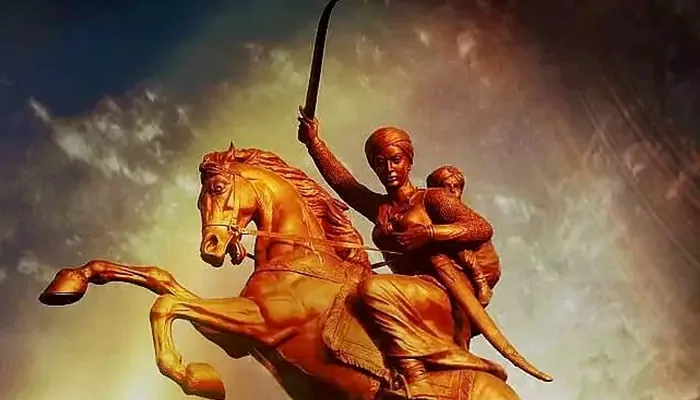
But the British East India Company had other plans. Using their controversial Doctrine of Lapse, they refused to recognize the adoption and annexed Jhansi.
Consequently, a royal dispute turned into a revolution. Rani Lakshmibai’s legendary resistance in 1857 wasn’t only about independence—it was about defending her son’s right to the throne.
The Gaekwad family of Baroda wasn’t shy about keeping its succession fights public. When Maharaja Pratapsinhrao passed away in 1968, the race for the royal chair got really uglier. Half-brothers accused each other of forgery, property misuse, and betrayal.
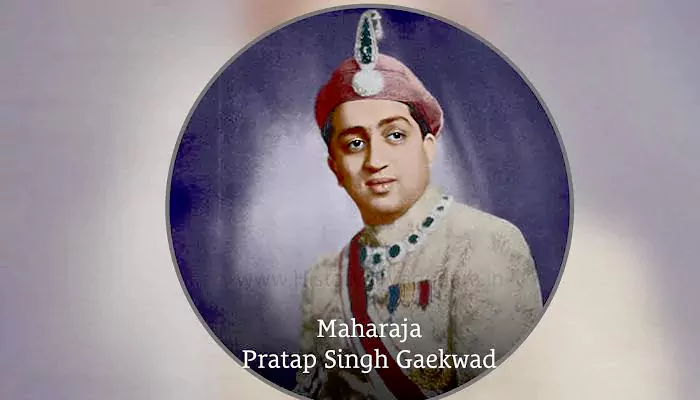
One claimant even alleged that documents proving his legitimacy were destroyed, while others claimed he wasn’t born of a legal union.
The courtroom battle went on for years, with palatial estates, royal jewels, and public image all hanging in the balance. This was Game of Thrones, Baroda edition.
One of the wildest succession sagas come not from ancient times but from post-independence India, where royal families still hold significant ancestral properties, cultural clout, and legal recognition even they didn't have much political power.
And the biggest trigger was a missing or ambiguous royal will.
Talking about the Travancore royal family—custodians of the legendary Padmanabhaswamy Temple, when the last recognized king died, the question of temple management and property inheritance led to legal battles, with the Supreme Court of India finally stepping in to settle the issue.
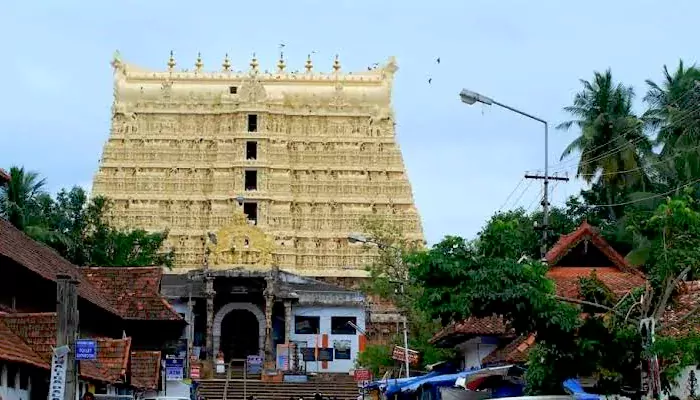
It was not an ordinary inheritance case, as billions in temple wealth, centuries of legacy, and the public perception of spiritual guardianship were on stake.
In some rare cases, royal families simply ran out of heirs. Lineages eventually faded, sons never came, and daughters weren’t recognized due to patriarchy. As a result palaces were forgotten, and even treasure rooms were sealed.
Some royal estates were then taken over by the government, others remained in limbo for decades, while a few saw distant cousins stepping forward years later with dusty documents claiming the throne. The royal twist, indeed!

India’s royal succession crises were about heritage, identity, memory, and sometimes, ego. These battles show how even in a democratic republic, the legacy of royalty still holds emotional and cultural power.
So next time you come across about a “prince” making headlines for inheritance related issues, just remember—behind every crown lies a grand saga, and behind every saga, a family feud waiting to explode.